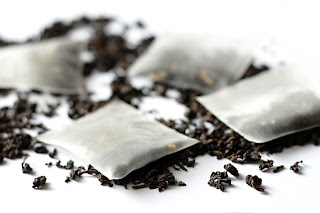 |
| One study indicates the full moon may have an effect on our sleep cycles. Image: Shutterstock |
Are you someone who believes in the power of the moon? Can
it transform werewolves? Does it mean “big changes” are coming in life? Will it
make people act strangely?
Even if those things seem a bit silly to you, there’s one
thing that could still be affected by the full moon—whether you believe it or
not. Scientists studying the effect of the full moon on our sleep cycles have
found evidence that we have a harder time sleeping when the moon is at its
brightest.
The researchers studied 33 participants, who slept in a
darkened room where the moon was not visible. On the nights when the moon was
full, the participants took longer to fall asleep and slept, on average, 20 minutes
less than during a new moon.
When there was a full moon, there were lower levels of the
Dracula of Hormones, melatonin. As I’ve talked about in previous blog
posts, melatonin affects our body’s natural clock and is produced in larger
amounts when it is dark. During the full moons of the study, researchers
reported lower levels of melatonin in the subjects—despite the fact that the
moon wasn’t visible to participants.
 |
| Participants had more trouble falling asleep and staying asleep during the full moon. Image: Shutterstock |
“There is such a strong cultural story around the full moo n
that it would not be surprising if it has an effect,” said one expert, according to USA Today. “It’s one of these folk things that you
would suspect has a germ of truth.”
What do you think?
What do you think?
















